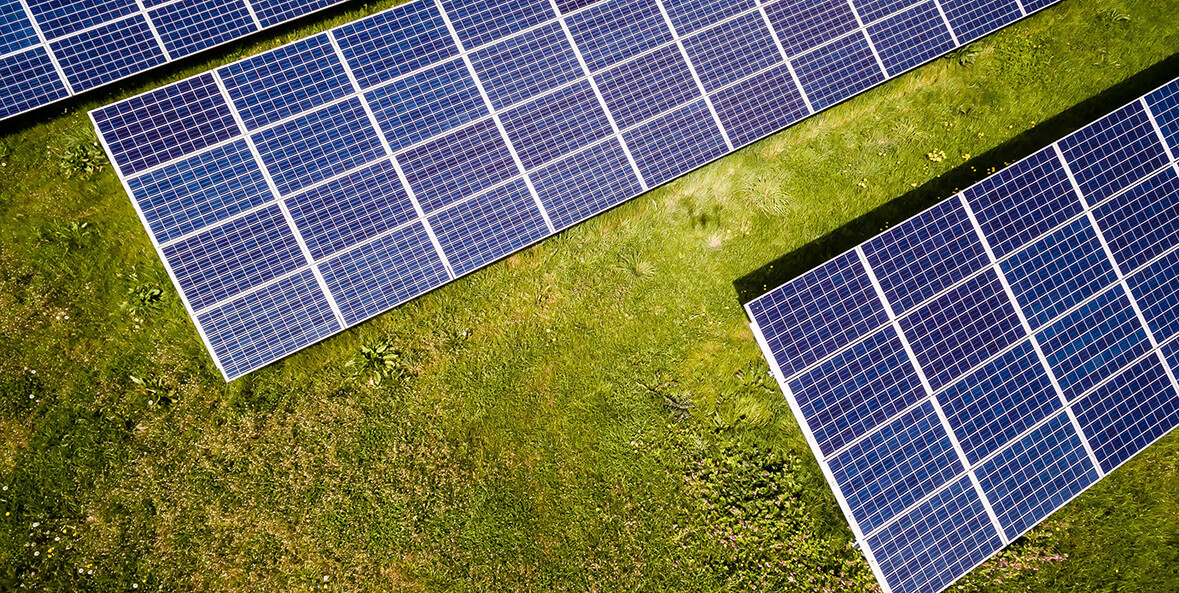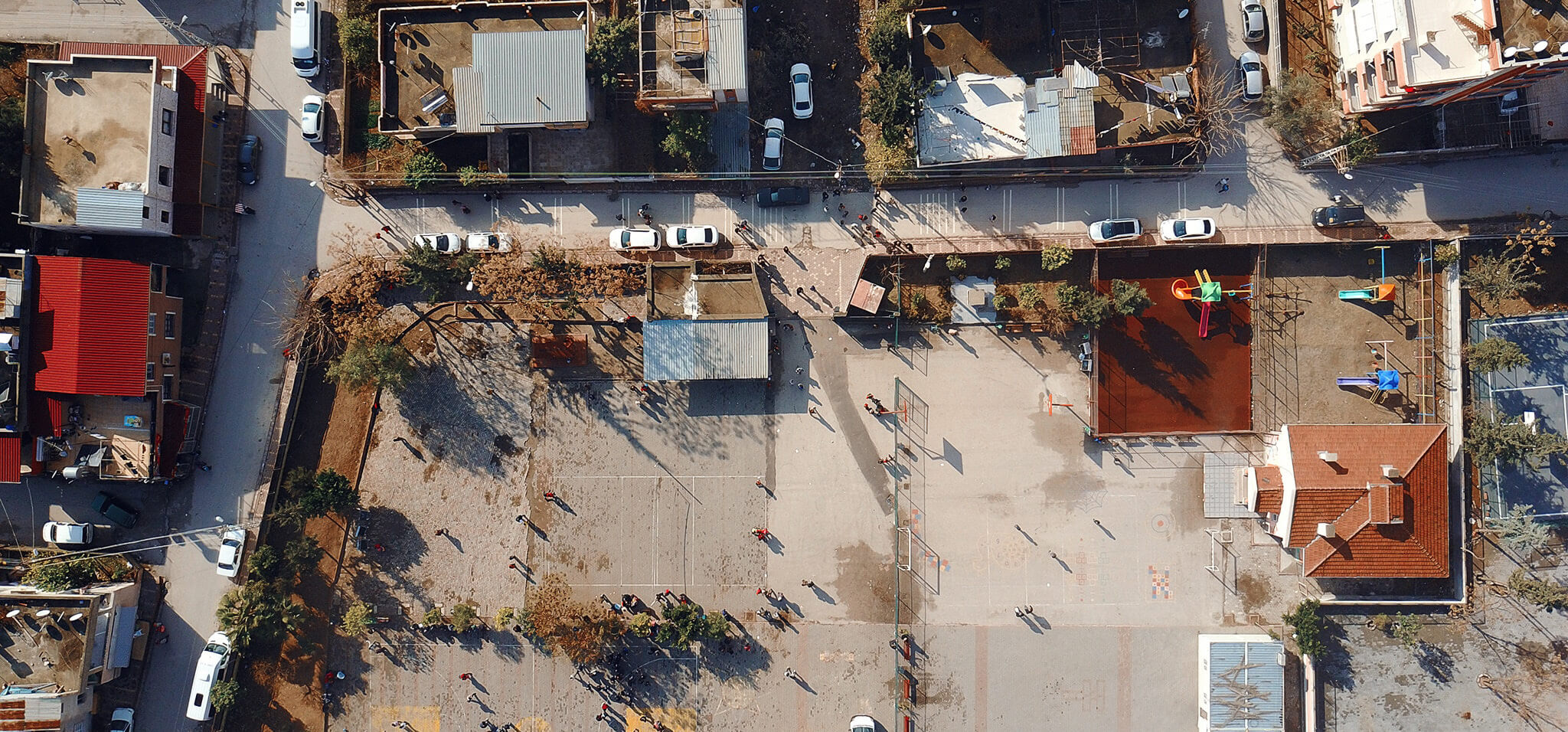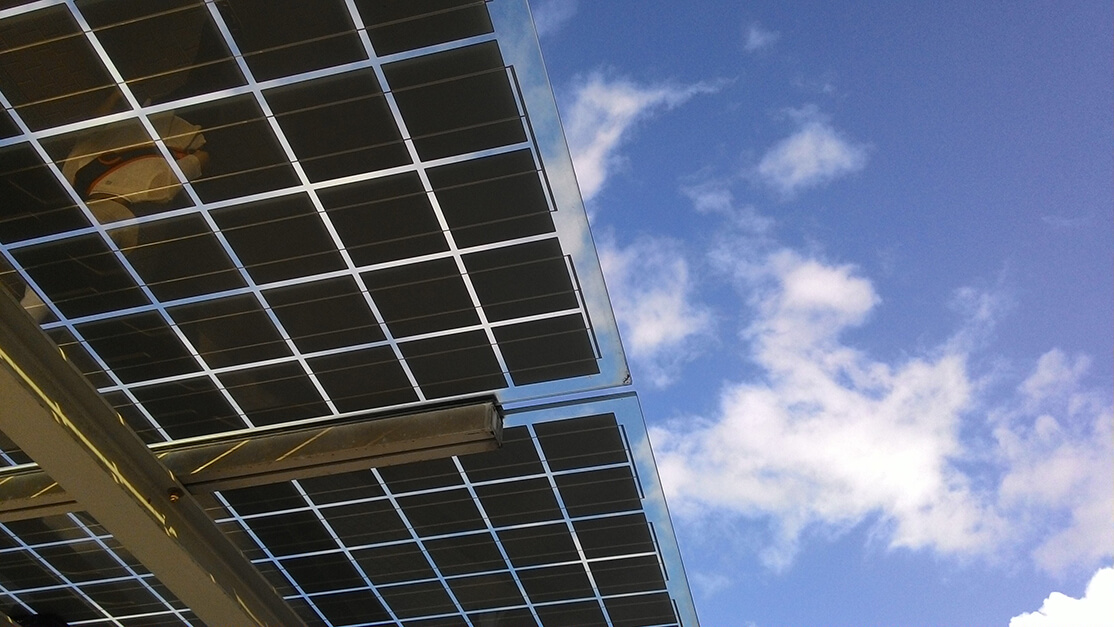Councils operate in a rapidly changing landscape amidst a world of huge financial pressures and are responsible for all major local services, such as roads, waste disposal, and other key aspects of infrastructure.
According to the Australian Local Government Association[1] (ALGA), councils own and manage $354 billion in assets, and look after annual operating expenditure of around $33 billion. This represents just under six per cent of Australia’s total public sector spending.
For most councils, this requires ongoing investment to ensure services are not only maintained but evolve in line with the latest developments in technology and meet the needs of their community. In addition to this, making services and technology eco-friendly has become an important issue. Incorporating all of these aspects is a big challenge given local councils receive just 3.5 per cent of Australia’s total tax revenue a year[2].


